For a lot of people impacted in some way by COVID, 2021 was a year to forget.
Judging by the 2021 new-vehicle sales figures, it was a year some car manufacturers wish they could forget too.
While there were some big winners out of last year’s sales results, some brands saw sales declines amid production delays, stock shortages and more. Let’s take a look at the brands that had a decidedly average 2021.
Honda
The biggest loser out of the mainstream brands last year was undoubtedly Honda. Sales plummeted by 39.5 per cent to just 17,562 units, putting the Japanese car maker in 15th spot for overall sales behind growing Chinese brand, GWM.
Just five years ago in 2016, Honda sold just over 40,000 cars and in 2020 it shifted a tick under 30,000 units. It used to be a top-10 brand.
So what happened?
On July 1 last year, Honda’s Australian arm made the shift from traditional dealership model to an agency model where Honda Australia – rather than the dealers – owns and controls all of its vehicle stock.
It moved to national drive-away pricing for its entire range to remove the dreaded haggle from car buying. At the same time, pricing on most existing models went up.
The new-generation Civic landed late last year in one high-spec VTi-LX grade priced from $47,000 drive-away. That’s much more than even semi-premium offerings like the Volkswagen Golf, let alone traditional rivals like the Mazda3 and Toyota Corolla. It’s now closer in price to the BMW 1 Series, Audi A3 and Mercedes-Benz A-Class.
Some models were discontinued like the Jazz light hatchback and the Odyssey people mover, although you’ll still find stock of the latter.
All models saw double-digit sales drops, with its top-seller, the CR-V, down 27.8 per cent. The HR-V small SUV was also off by 25.8 per cent. MG sold more than three times as many examples of the ZS than Honda did of the HR-V.
Honda was expecting this sales drop as a result of its changes. It says it is still in a “transition phase” and expects to end up with average annual sales of 20,000 units in Australia.
Instead of outright volume, the company points to improvements in customer service and the buying experience since the change to the agency model.

Citroen
This one is less of a surprise than Honda’s result. Citroen has struggled to gain a foothold in Australia for more than a decade and last year was no different.
Citroen ended 2021 with just 175 sales, a 13.8 per cent drop off from 2020. The result was so low that Citroen was outsold by exotic marques Ferrari (194) and Bentley (219). The French brand only just outsold recently discontinued brand Chrysler (170), Aston Martin (140) and Lamborghini (131).
Citroen sells three models in Australia, and one of them – the unusual new C4 hatch/crossover – only went on sale in the last quarter. A total of 26 C4s found homes, but the C3 light hatch grew its sales by 87 per cent. That was off a very low base however, with just 88 units registered for the year.
The C5 Aircross SUV dipped by 35 per cent to 58 units. An update of that car is due this year and Citroen and the new C5 X crossover is locked in for later in 2022, but it’s hard to see them having a massive impact on sales.
Interestingly, sister brand Peugeot turned its sales around with a 31.8 per cent increase to 2805 sales last year.

Alfa Romeo
The famed Italian brand – also part of the same Stellantis empire as Citroen – had a disappointing 2021, with sales declining by 15.8 per cent to 618 units.
Alfa Romeo no longer sells the Giulietta hatchback after production ceased at the end of 2020, so the company lost volume there. It still managed to find 84 homes for sporty hatch in 2021.
Giulia sedan sales actually increased by 67.4 per cent to 323 sales, which was enough to outpace the Jaguar XE (144), Volvo S60 (168) and Genesis G70 (77), but well behind the segment-leading BMW 3 Series (3982).
The Stelvio SUV took a dive, down 53.6 per cent to 192 sales, after the Cassino plant in Italy was badly impacted by the semiconductor shortage. It’s now the slowest-selling non-electric model in the premium medium SUV segment and is outsold by the Genesis GV70 (317).

Jaguar
Another premium brand, Jaguar, also took a hit last year, with sales falling by 7.8 per cent to 1222 units. This was also due in part to the semiconductor shortage.
Last year it was announced that Jaguar will discontinue all current internal combustion models and transform into an ultra-luxury electric vehicle brand to rival Bentley later this decade. It’s unclear if this announcement had any impact on sales.
The top seller in Australia, the E-Pace small SUV, declined by 17.2 per cent to 548 units, while the larger F-Pace SUV grew its sales by 29 per cent to 401.
The F-Type sports car, I-Pace electric SUV and XF sedan all hovered around 40 units apiece, while the XE sedan captured 144 sales.

Mercedes-Benz
Mercedes-Benz Cars had a seriously mixed year in 2021, with significant sales drops for some models and big increases for others.
Volume models like the A-Class (3793, -37.3%), C-Class (2832, -16.2%) and GLC (3435, -23.2%) all went backwards, but the GLB (3345, +272%), GLE (3591, +25.8%) and G-Class (594, +120%) SUVs all went in the right direction.
Overall Benz Cars sales were down by 3.8 per cent, but it was Mercedes-Benz Vans that took a bigger hit.
The German giant’s commercial vehicle division dropped by 30.9 per cent last year to 4686 units, off the back of lower Vito van sales (996, -16.7%), but the biggest impact was the loss of the X-Class sales after stock ran out in 2020.




.jpg)
.jpg)



.jpg)


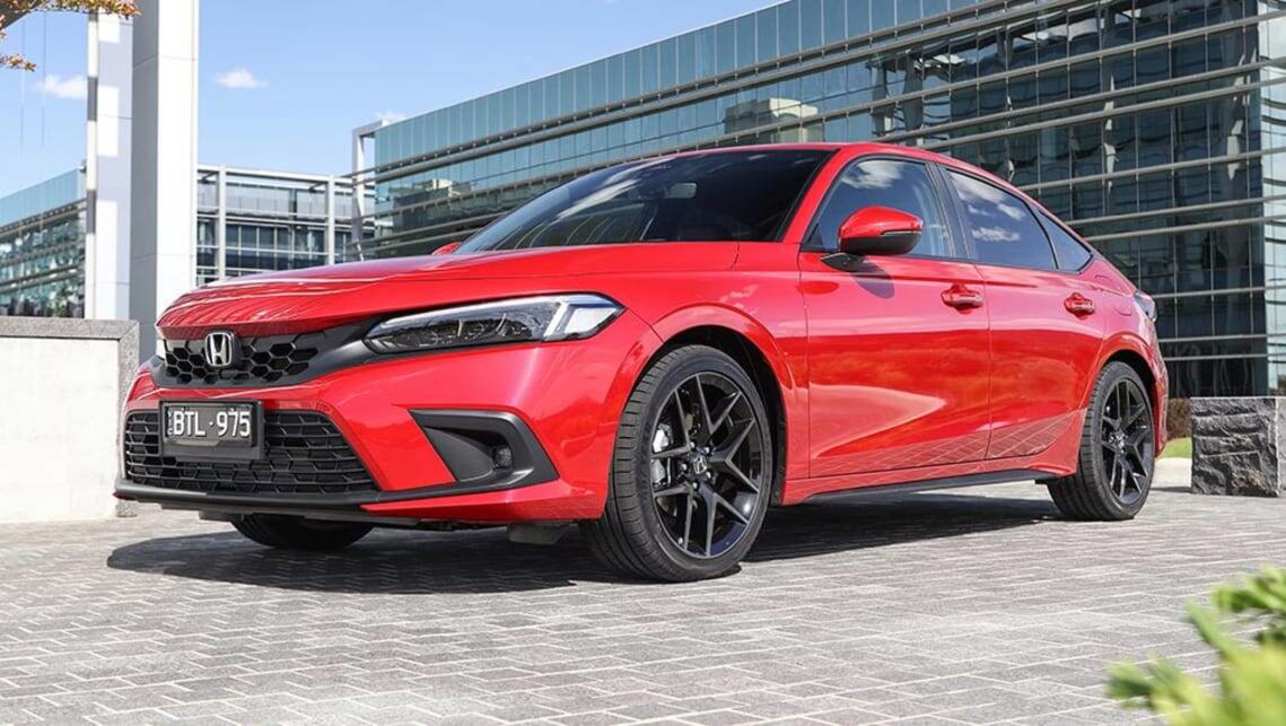
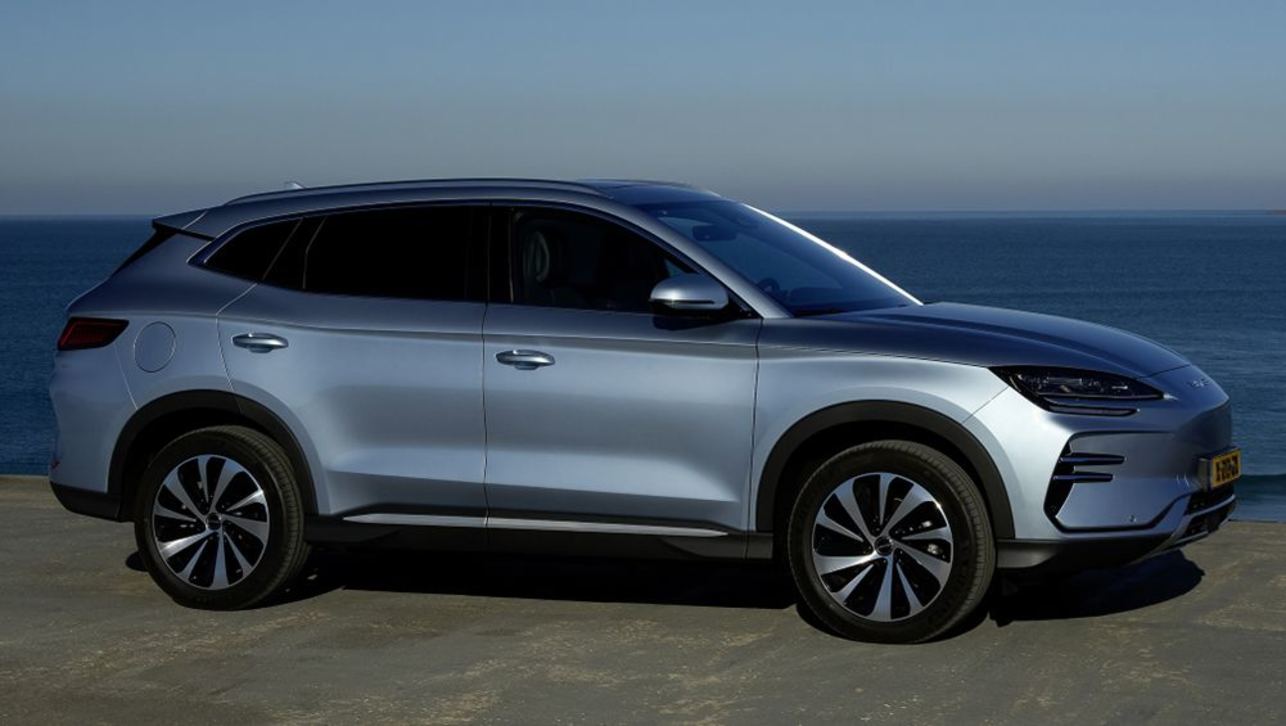

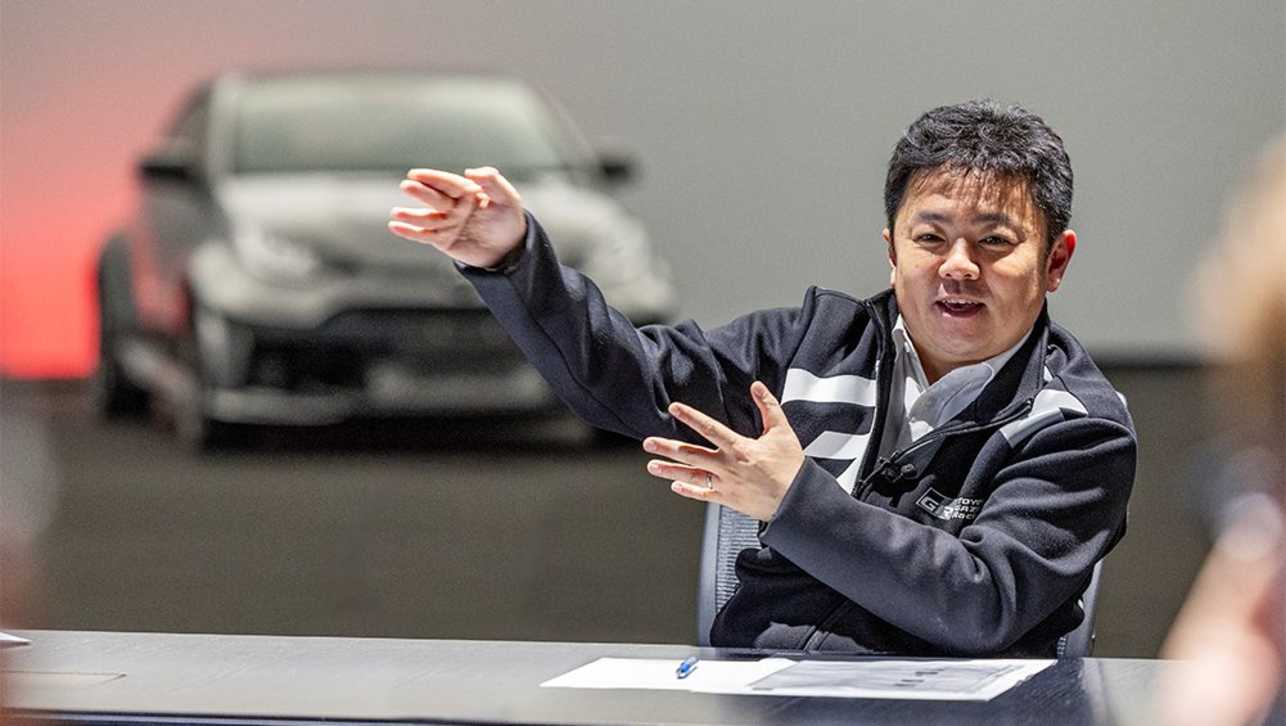
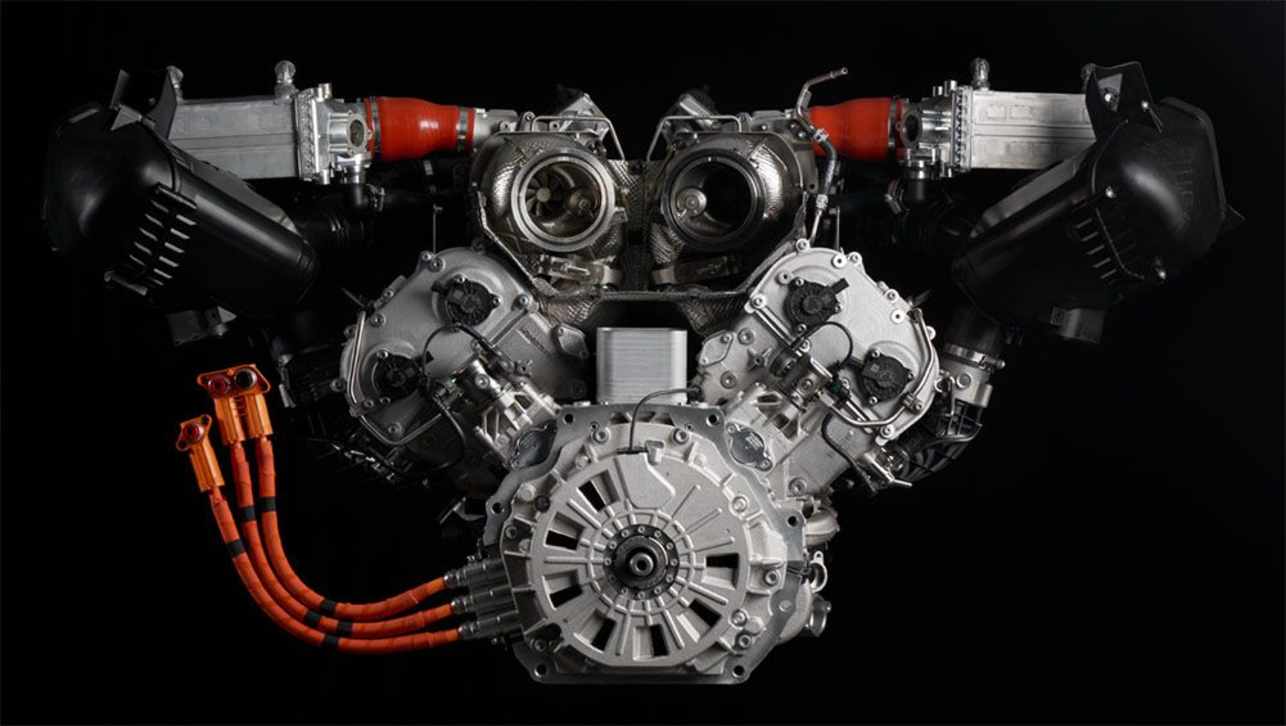
.jpg)




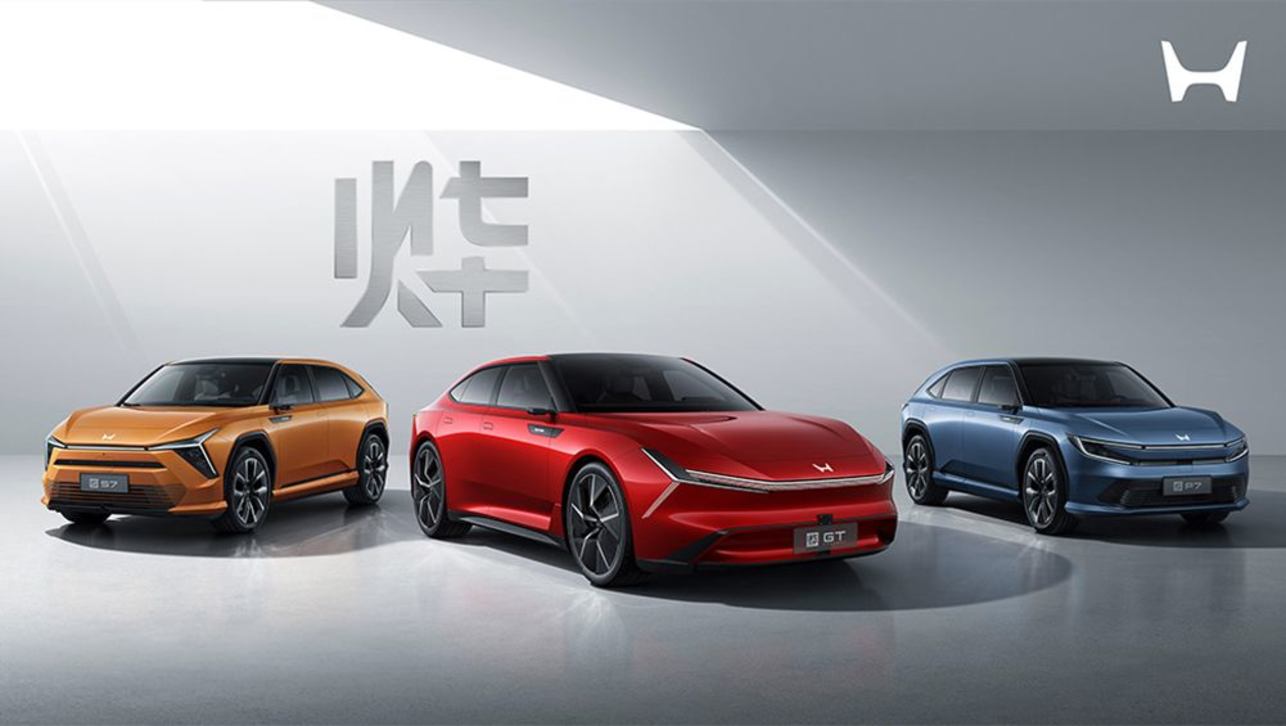
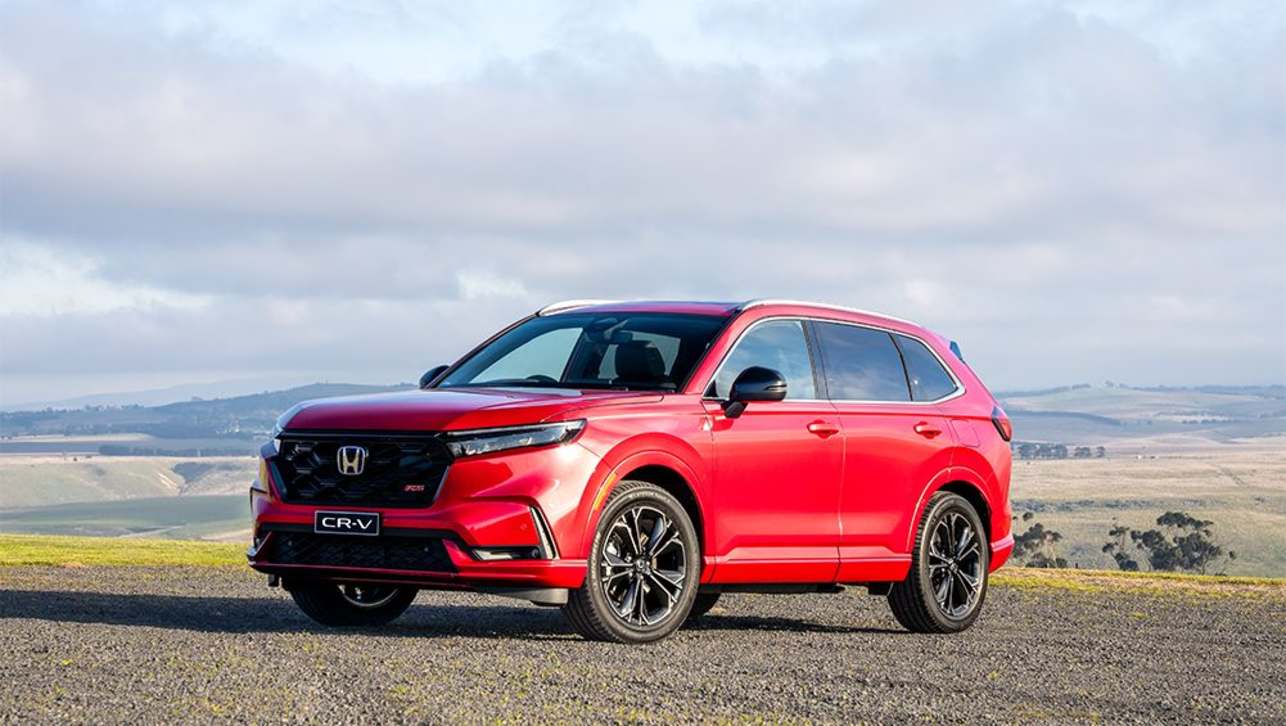
.jpg)
.jpg)
.jpg)




Comments